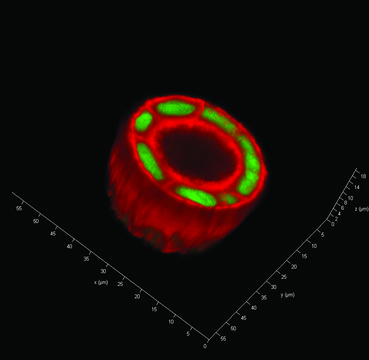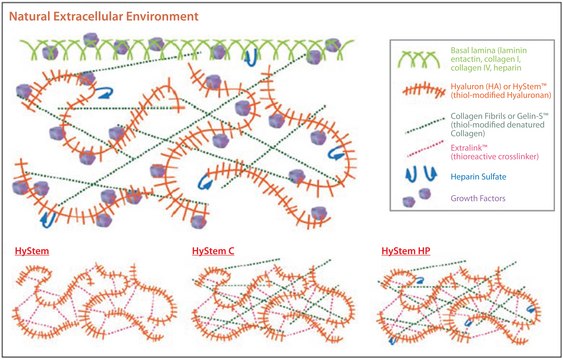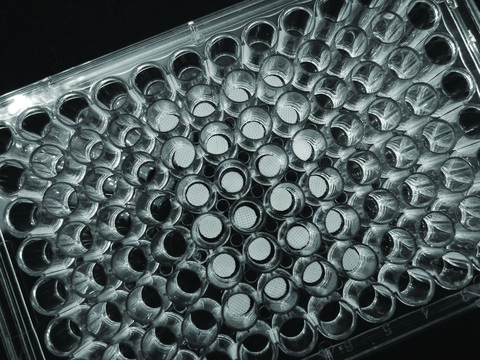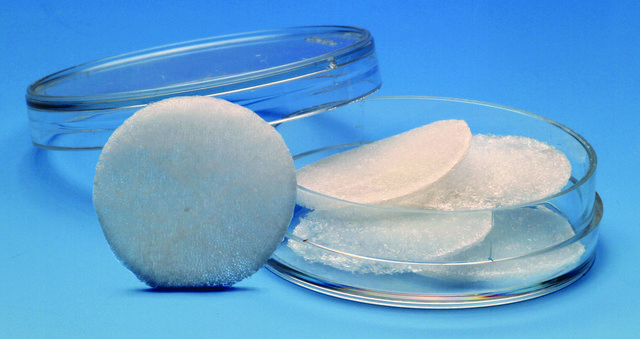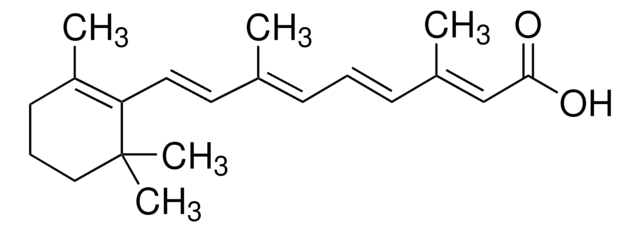推荐产品
应用
组分
注意
制备说明
法律信息
储存分类代码
11 - Combustible Solids
WGK
WGK 3
闪点(°F)
Not applicable
闪点(°C)
Not applicable
个人防护装备
Eyeshields, Gloves, type N95 (US)
法规信息
Which document(s) contains shelf-life or expiration date information for a given product?
If available for a given product, the recommended re-test date or the expiration date can be found on the Certificate of Analysis.
How do I get lot-specific information or a Certificate of Analysis?
The lot specific COA document can be found by entering the lot number above under the "Documents" section.
How do I find price and availability?
There are several ways to find pricing and availability for our products. Once you log onto our website, you will find the price and availability displayed on the product detail page. You can contact any of our Customer Sales and Service offices to receive a quote. USA customers: 1-800-325-3010 or view local office numbers.
What is the Department of Transportation shipping information for this product?
Transportation information can be found in Section 14 of the product's (M)SDS.To access the shipping information for this material, use the link on the product detail page for the product.
What volume of H2O should be used for reconstitution of Product A6982, HydroMatrix™ Peptide Cell Culture Scaffold?
The package size of the A6982 indicates the volume of H2O to use for reconstitution. For example, a 1 ml package will require 1 ml of H2O for reconstitution.
Will Product A6982, HydroMatrix™ Peptide Cell Culture Scaffold, work will for adherent cells and suspension cells?
Yes, the product works with both cell types.
What is the concentration of Product A6982, HydroMatrix™ Peptide Cell Culture Scaffold, when reconstituted as indicated?
A 1% (w/v) (10 mg/ml) stock solution is accomplished by the addition of sterile dH20 as indicated.
What concentration of HydroMatrix™ Peptide Scaffold, Product A6982, should I use for my cells?
A 1% (w/v) solution results in a stronger gel. A working concentration of 0.5% (w/v) results in a soft gel with weak mechanical strength that is suitable for cell migration and angiogenesis. Working solution concentrations as low as 0.15-0.25% are suitable for many cell types, including neurons. It is recommended for most applications to start with a 0.25% (w/v) working solution (2.5 mg/ml).
How do I embed or encapsulate cells in HydroMatrix™ Peptide Scaffold, Product A6982, before polymerization?
In a solution of dH20, HydroMatrix™ has a pH of 2.0-2.5; therefore it must not be added directly to cells. The addition of buffer or media is performed prior to the addition of cells. If performing cell encapsulation studies, addition of iso-osmotic sucrose will help protect the cells until a physiological pH is obtained.
How does HydroMatrix™ Peptide Cell Culture Scaffold compare to PuraMatrix from Becton-Dickenson?
Both products are peptide hydrogels. There is no similarity between the peptides used to create the matrices. They are both just classified as self-assembling peptide hydrogels. The sequence for the peptide is considered proprietary.
My question is not addressed here, how can I contact Technical Service for assistance?
Ask a Scientist here.
商品
3D细胞培养概述。了解2D与3D细胞培养的对比结果,3D细胞培养的优势以及可用于开发3D细胞模型的技术
3D cell culture overview. Learn about 2D vs 3D cell culture, advantages of 3D cell culture, and techniques available to develop 3D cell models
水凝胶是最常用的 3D 细胞培养系统。了解关于该技术的更多信息(什么是水凝胶?如何使用水凝胶?)
Hydrogela are the most widely used systems for 3D cell culture. Learn more about this technology (what are hydrogels? How to chose?)
我们的科学家团队拥有各种研究领域经验,包括生命科学、材料科学、化学合成、色谱、分析及许多其他领域.
联系技术服务部门